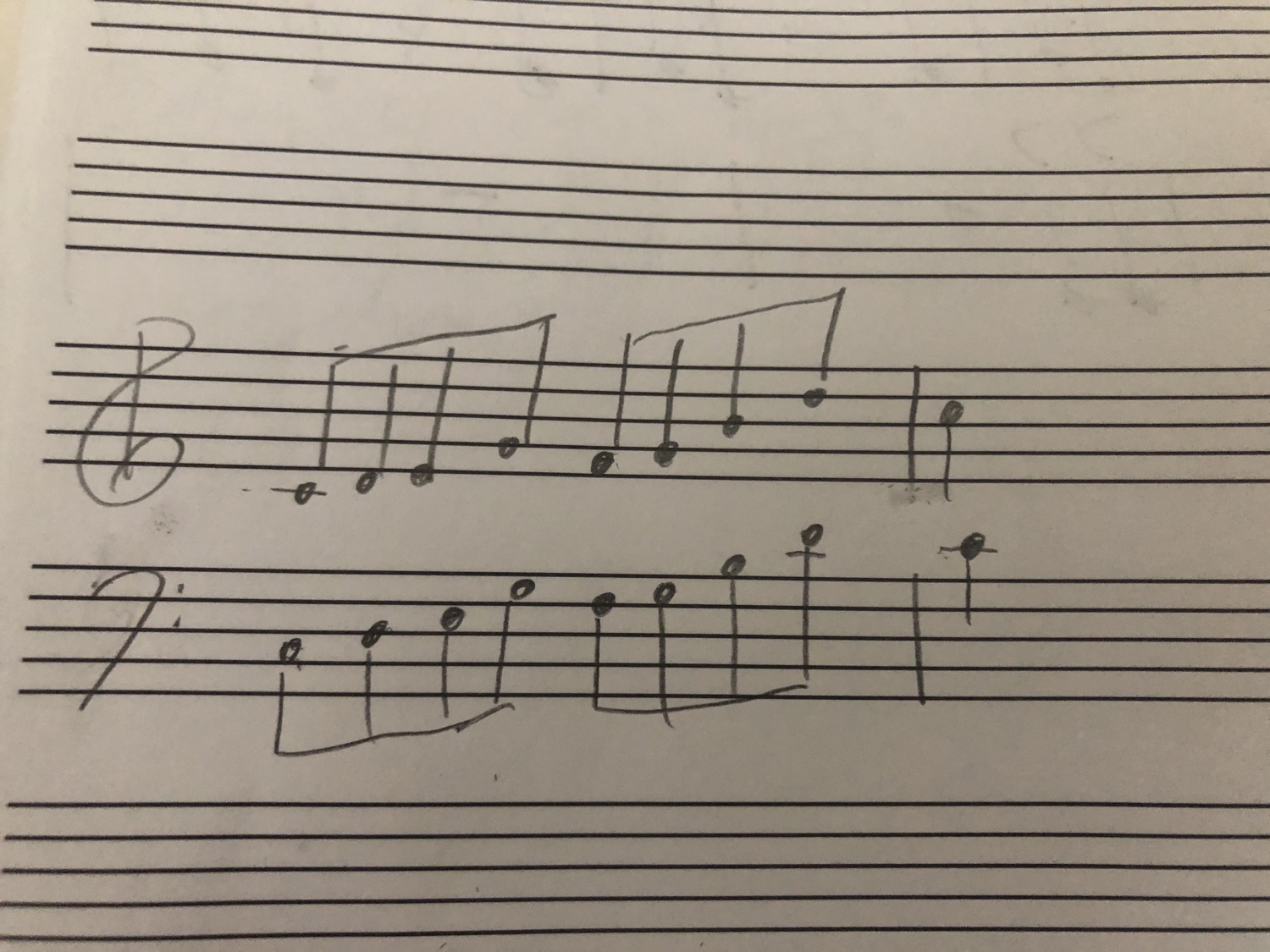Don't "Flanagan" Your Bandmates!
- brendan
- Apr 18, 2019
- 4 min read
If you somehow ended up under a rock, John Coltrane recorded a song called "Giant Steps" on an album of the same name:
He had a fantastic Detroit pianist named Tommy Flanagan. While I've heard different tales--ones in which he never got to the chart until the session, or he had the chart for a short time but assumed it was a ballad--, somehow Flanagan was staring down the barrel of a hereto-unheard-of-in-jazz modulation scheme careening down the tracks just shy of 300 bpm (I'm aware I've mix metaphors and there's a shotgun rolling on the train tracks).
His solo starts decently enough:
but eventually he just kind of comps it out:
Among jazz musicians this is a infamous example of a great soloist falling flat.
What should you learn from this:
Set your bandmates up for success!
Music can be hard, don't make it harder on your friends. Miles Davis famously used the same technique of keeping the band in the dark about what they were playing on his album from the same year "Kind of Blue" that Coltrane played on. Maybe that's where Coltrane got the aesthetic, but Kind of Blue has pretty simple tunes except possibly "Blue In Green." While a lot of people call it the birth of modal jazz, Milestones with the track "Miles" came out two years earlier, so the band was had been playing that type of stuff for a while already. Giant Steps is a whole different beast and requires a lot of specific practice. I'm sure anyone sight reading that chart in 1959, when the session date was, would have struggled.
So...
1) If you have something that the other people are gonna need to work on to sound good, shoot them resources ahead of time.
2) Send them reasonably helpful resources: most professional's default pace when you send them a set list is to learn the original studio recordings. If you want to do someone's cover, or a live version, make sure you let people know. Some people hate the digitally altered music, but if you have a little bit of DAW know-how, putting songs in the key you are going to do them, splicing in a rough ending if the song has a fade-out, or any other little personal touches that you're going to add to the arrangement are welcome in my book. Maybe it detracts from the listening experience, but I can listen for pure enjoyment when I'm not on the clock!
Also, if you have charts, are they helpful for the people who are going to read them? Lyrics with chord letters above them are more helpful than nothing (usually), but if you want a band that's never heard the songs to be on the right page, make sure you can tell how many beats or measures all of those chords last for (If the show might not have monitors, the band might not hear the lyrics).
And as I've said before, the piano/voice arrangements you find are garbage for most uses outside a singer learning a song, or a recital for voice and piano.
[Begin Rant]
First of all, they're generally 5+ pages, which makes them unwieldy for anyone other than pianists on real pianos. Anyone with a music stand can have 2 pages, 3 max, open at once, clever players know the accordion chart trick, but if there's a DS, DC, or coda that jumps more than three pages there WILL be a catastrophe (I've made many charts for kicks-and-giggles as well as professionally, and I'm not recalling a pop song I couldn't fit on a three page lead sheet. Most songs will fit on one, and the vast majority have been less than two). The little guitar chords they write often don't match the piano chord written, so those measure's aren't going to sound good. The bass part isn't usually right, and it's written an octave lower than a bass player was ever taught to read music, so the bassist will struggle to play it correctly and may have to deal with inappropriate left hand doubling by the pianist. The phrasing is not well delineated in page layout which is okay for a read-it-down-like-a-classical-musician scenario, but if you want a more fluid performance make/get a chart that the line breaks show phrasing a sections. And lastly, the piano writing is pretty much garbage for anything outside of the use in a piano/voice recital format (which is their intended purpose so this one I'm not faulting the transcriber/arranger on). They almost always have the right hand playing homophony under the melody to fill out the chords, and don't show much in the way of how the piano is supposed to play the song in a band setting. So when you give that music to a band, they have a difficult-to-road-map, often erroneous chart that they will have to at least half ignore. Also, the drummer has almost nothing useful to use. Show the drummer some love!
[End Rant... for now]
We all like to feel comfortable while we play music. We're generally trying to broadcast good feelings, and good feelings are easier to create when you feel good. Pushing people a little can be a useful tool to create a more dynamic performance, but don't set anyone up to fail. Push them with the support they need to sound great. The few recordings that are legendary despite someone falling as flat as Tommy Flanagan did are the exception that proves the rule that we succeed and fail as an ensemble, very rarely as individuals.
-B



Comments